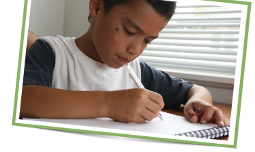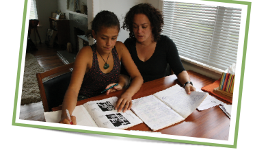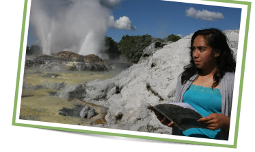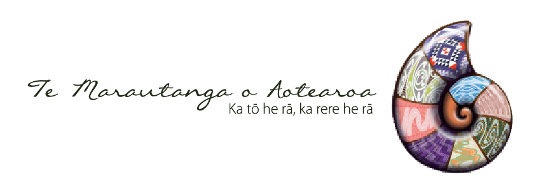Te rārangi rauemi aromatawai ā-motu
A key issue for the Māori Medium sector is the limited number of valid and reliable assessment tools and items that teachers can use to inform overall teacher judgement in the assessment process. The Mātaiako programme has been set up to support the development of assessment tools, items, knowledge and practise for Māori medium.
This draft list of literacy and numeracy assessment tools for use in Māori-medium settings is presented as the most comprehensive list of this type. The list specifies the learning area (Pānui, Tuhituhi, Kōrero or Pāngarau) of each tool and includes information about suitability of tools to year levels and immersion levels.
It should be recognised that assessment tools and items do not constitute the fullness of the assessment process. Tools without a craftsman are of little value. Some tools are used for a range of purposes from collection of numerical data for long term tracking, to individualised information to inform teaching. It is hoped that this list will enable tumuaki and pouako to select assessment tools that meet their needs.
| Name of Tool | Learning Area and Year Level | Source or Owner | Notes |
| Pūkete/Pānui Haere
| Yr 0-8 Pānui | Kia Ata Mai Ltd | Assessment Tool: Diagnostic, summative Identify Ngā Kete Kōrero level, Refer to pāpātanga hē, tūturutanga ōrau and pāpātanga W for accuracy measures Analysis of Hē and WA |
| He Mātai Mātātupu 1.Ngā Tikanga o te Tuhi Kōrero
| Yr0-2 (ages 6.4-7.0) Pānui, Tuhituhi | Kia Ata Mai Ltd | Assessment Tool: Diagnostic, summative Māori reconstruction of 6Year net. Measures student knowledge of how the Māori language is printed Raw score can be converted into a quartile for comparison across tasks |
| 2.Te Tāutu Reta
| Yr0 (until near ceiling scores are reached.) Pānui, | Measures number of letters of the Māori alphabet correctly identified Can be used as a predictor of NKK reading instructional level Raw score can be converted into a quartile for comparison across tasks | |
| 3.Whakamātautau Kupu
| Yr0 (until near ceiling scores are reached.) Pānui, | Measures number of high frequency words correctly read Can be used as a predictor of NKK reading level in combination with Te Tāutu Reta Raw score can be converted into a quartile for comparison across tasks | |
| 4. Te Tuhi Kupu
| Yr2+ Tuhituhi | Correct spelling of words spontaneously generated and prompted. Raw score can be converted into a quartile for across task and across student comparison. | |
| 5. Whakarongo, tuhia ngā tangi o roto i ngā kupu | 2 (until near ceiling levels are reached) Tuhituhi | Provides count of number of letters recorded correctly in a dictated text Raw score can be converted into a quartile for comparison across tasks | |
| 6. Rating writing samples | Yr0-2 Tuhituhi | Analysing 3 or more samples from a student increases the reliability of the measure. Could use drafts and student edited texts generated from classroom programme. | |
| Haurapa | Yr 3-8 Reading comprehension Pānui, | Triune Initiatives Ltd | Assessment Tool: Diagnostic, summative Translation of PROBE assessment kit. Strong emphasis on reading comprehension.
|
| Ngā Kete Kōrero - Te Tuhi Assessment Manual | Students need to be writing at least some words correctly Tuhituhi | MoE | Assessment Tool: Diagnostic, summative Teacher judgment of accuracy (correctness) aspects of Āheinga Reo (the Puna Reo and Rautaki Reo
|
| Ngā Kupu Punoa/ Speaking & Listening Checklists for te Reo | Yr1 basic word list Pānui | Unknown | Assessment Tool: Diagnostic, summative Possibly a translated version of Read to Read high frequency lists, availability is not confirmed. |
| Aro Matawai Urunga-ā-Kura (AKA)
| School entry tests Pānui, Korero (Mātātipu),Te Poutama Tau | MoE | Assessment Tool: Diagnostic, summative Parallel with SEA Kit |
| Hopukina | Yr0-8 Kōrero | Kia Ata Mai Ltd Original | Assessment Tool: Diagnostic, summative Identifies a proficiency level but this is yet to be validated Identifies areas of proficiency and areas for development Cross reference with Pānui Haere and comprehension measures for a richer literacy/language profile
|
| Poutama Pounamu
| Kōrero | GSE | Assessment Tool: Diagnostic, summative Original vocabulary test |
| Assessment Tool: Diagnostic, summative An original narrative test of oral language production | ||
| Assessment Tool: Diagnostic, summative An original sequencing assessment of oral language production | ||
| Kawea te Rongo (Kī Mai), (He Whakamātau Reo Kōrero)-JOST | Yr0-8 Kōrero | SES (1999) - MoE | Assessment Tool: Diagnostic, summative A training package for Kura Kaupapa, Parallel development with ‘Communicate to Participate’.
|
| AsTTle – He Punaha Aromatawai mo te Whakaako me te Ako | Yr5-8 Pānui, Tuhituhi and Pāngarau | MoE | Assessment Tool: Diagnostic, summative Identifies curriculum level Refer to manual for qualitative descriptions of deep features and plan for further learning. Identifies and reports comprehension levels for individuals, groups and classes
|
| e-AsTTle | Yr 4-8 Pānui, Tuhituhi, Pāngarau | MoE | Assessment Tool: Diagnostic, summative Web based version of AsTTle |
| Te Poutama Tau Uiui Aromatawai | Yr0-10 Pāngarau – mātauranga tau and rautaki | MoE | Assessment Tool: Diagnostic, summative Revised 2011, diagnostic assessment of knowledge and strategy, requires training for effective use. |
| Apitihanga Uiui Rautaki (GloSS) | Yr0-10 Pāngarau – Rautaki paheko | MoE | Assessment Tool: Diagnostic, summative Adapted from Uiui Aromatawai, much quicker to administer. Used to check progress in strategy development (rautaki paheko) |
| Whakamātautau Mātauranga Tau (IKAN) | Yr3-10 Pāngarau – mātauranga tau | MoE | Assessment Tool: Diagnostic, summative Written number knowledge analysis designed for ease of gathering data. The original had no analysis format included but one has been included in the ‘new tools’ section of this list. |
